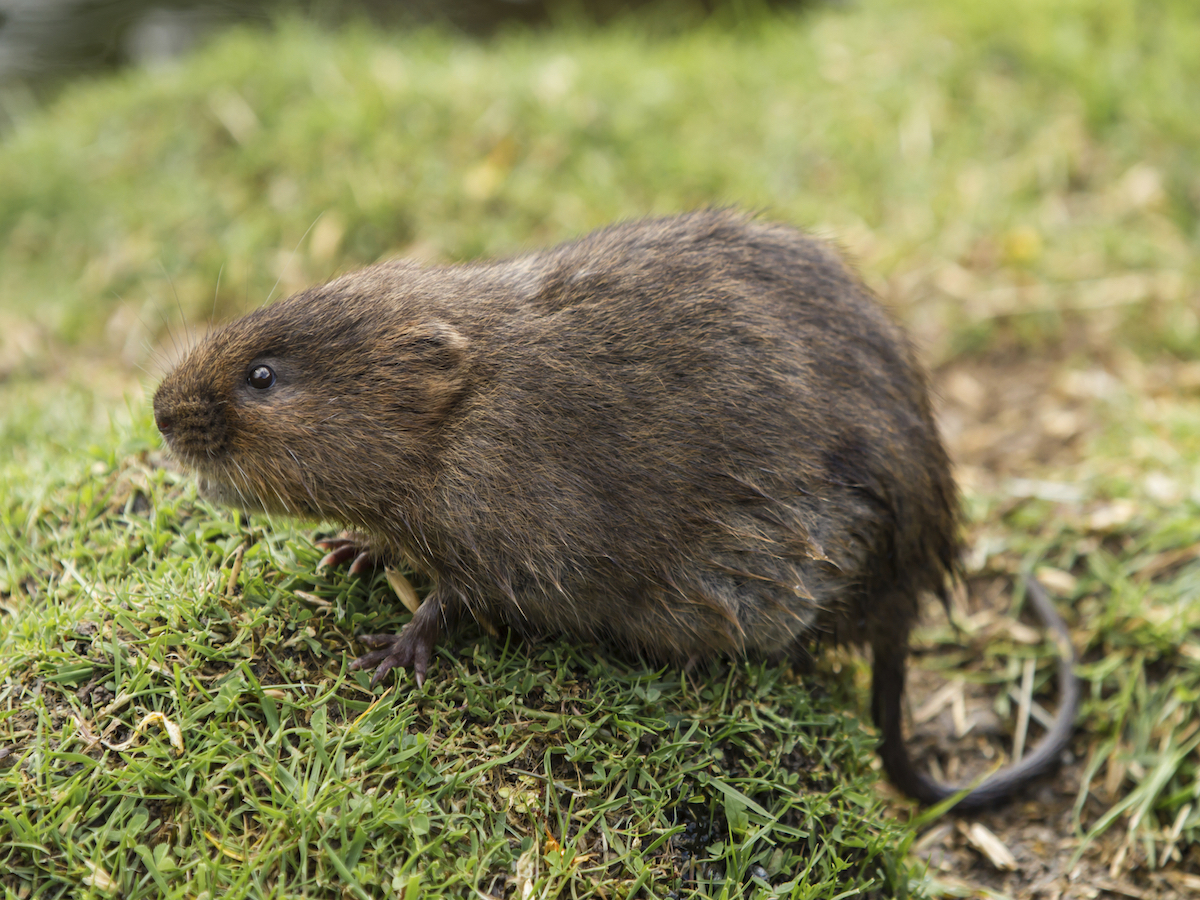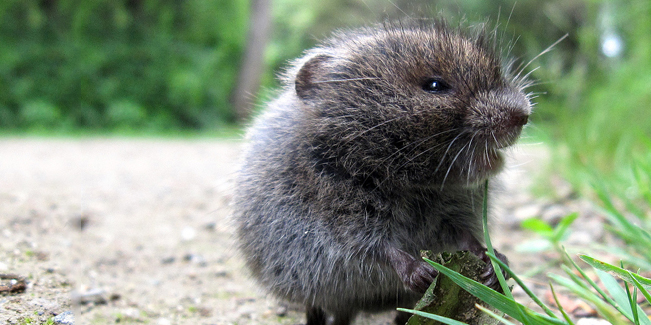Comprehending Vole Lawn Damage and Exactly How to Fight It
Comprehending Vole Lawn Damage and Exactly How to Fight It
Blog Article
Comprehensive Guide to Effective Vole Parasite Control: Invasion Recognition and Treatment Methods
In the realm of efficient bug control, vole infestations position a distinct challenge that demands a strategic method. These small rodents, frequently incorrect for computer mice, can damage gardens, yards, and crops if left unattended. Recognizing the indications of vole presence and carrying out targeted therapy methods are essential components of an effective parasite management plan. By exploring the subtleties of vole habits, comprehending crucial indicators of problem, and evaluating a variety of control alternatives, one can create an extensive technique to fight these evasive insects.
Comprehending Vole Habits
Vole behavior is characterized by their tunneling habits and fast reproduction rates, making them a tough bug to manage properly. These little rodents normally create intricate passage systems underground, utilizing them for shelter, food storage space, and transport. Voles are herbivores, eating a variety of plants, lawns, origins, and light bulbs, which can trigger significant damage to gardens, orchards, and lawns. Their quick reproductive price more complicates control initiatives, with ladies with the ability of producing numerous trashes in a single year, each having several children.
Recognizing vole habits is vital for efficient insect control approaches. By recognizing their burrow places, checking feeding locations, and executing targeted control techniques, such as capturing or environment adjustment, vole problems can be handled effectively.
Indicators of Vole Problem

Avoidance Techniques
Carrying out efficient avoidance strategies is crucial in decreasing vole infestations and safeguarding plant life from their damaging feeding routines. To stop vole infestations, it is necessary to start by removing possible food resources and shelter.
Regularly evaluating the building for indications of vole activity, such as paths and burrow openings, is essential for very early discovery and timely action. If vole activity is believed, think about making use of repellents or catches strategically placed near their paths. Employing all-natural predators like serpents or owls can additionally assist keep vole populaces in check. By executing a mix of these avoidance home owners, gardeners and techniques can properly safeguard their vegetation from vole damage.
Non-Lethal Control Techniques
To successfully manage vole populations while prioritizing gentle approaches, non-lethal control methods use functional solutions for reducing vole damage in gardens and landscapes. One effective method is using physical obstacles such as hardware towel or wire mesh to protect vulnerable plants. These barriers can be hidden at the very least 12 inches curved and deep at a 90-degree angle to prevent voles from tunneling below. Furthermore, habitat alteration can deter voles by minimizing their chosen food resources and concealing areas. Maintaining a well-mowed lawn, getting rid of debris, and maintaining plants cut can make the setting less enticing to voles.

Lethal Control Options
One efficient method for addressing vole infestations in yards and landscapes involves the strategic usage of lethal control choices. When encountered with a serious vole problem that non-lethal techniques have stopped working to have, implementing dangerous control actions becomes important. On the whole, when employing deadly control options, it is important to do so properly and in accordance additional reading with neighborhood policies to properly handle vole invasions.
Final Thought
To conclude, reliable vole insect control calls for an extensive understanding of vole actions, identification of indications of problem, implementation of avoidance strategies, and usage of both dangerous and non-lethal control techniques. By incorporating these strategies, individuals can effectively manage vole populaces and shield their residential or commercial property from damages. It is very important to resolve vole problems immediately to avoid further concerns and lessen the effect on the surrounding atmosphere.
Offered the detailed tunnel systems and rapid reproduction rates particular of voles, recognizing the signs of vole infestation becomes crucial in efficient bug control. One of the key signs of vole visibility is the visibility of surface area paths or tracks in yard or snow, typically about 1-2 inches wide, created as voles travel between their burrows and food resources.To properly manage vole populaces while prioritizing humane approaches, non-lethal control approaches offer functional remedies for minimizing vole damage in gardens and landscapes.One effective approach for attending to vole infestations in gardens and landscapes includes the strategic usage of dangerous control choices. vole pest control.In conclusion, reliable vole parasite control requires a thorough understanding of you can try this out vole actions, recognition of signs of problem, application of avoidance strategies, and utilization of both lethal and non-lethal control approaches
Report this page